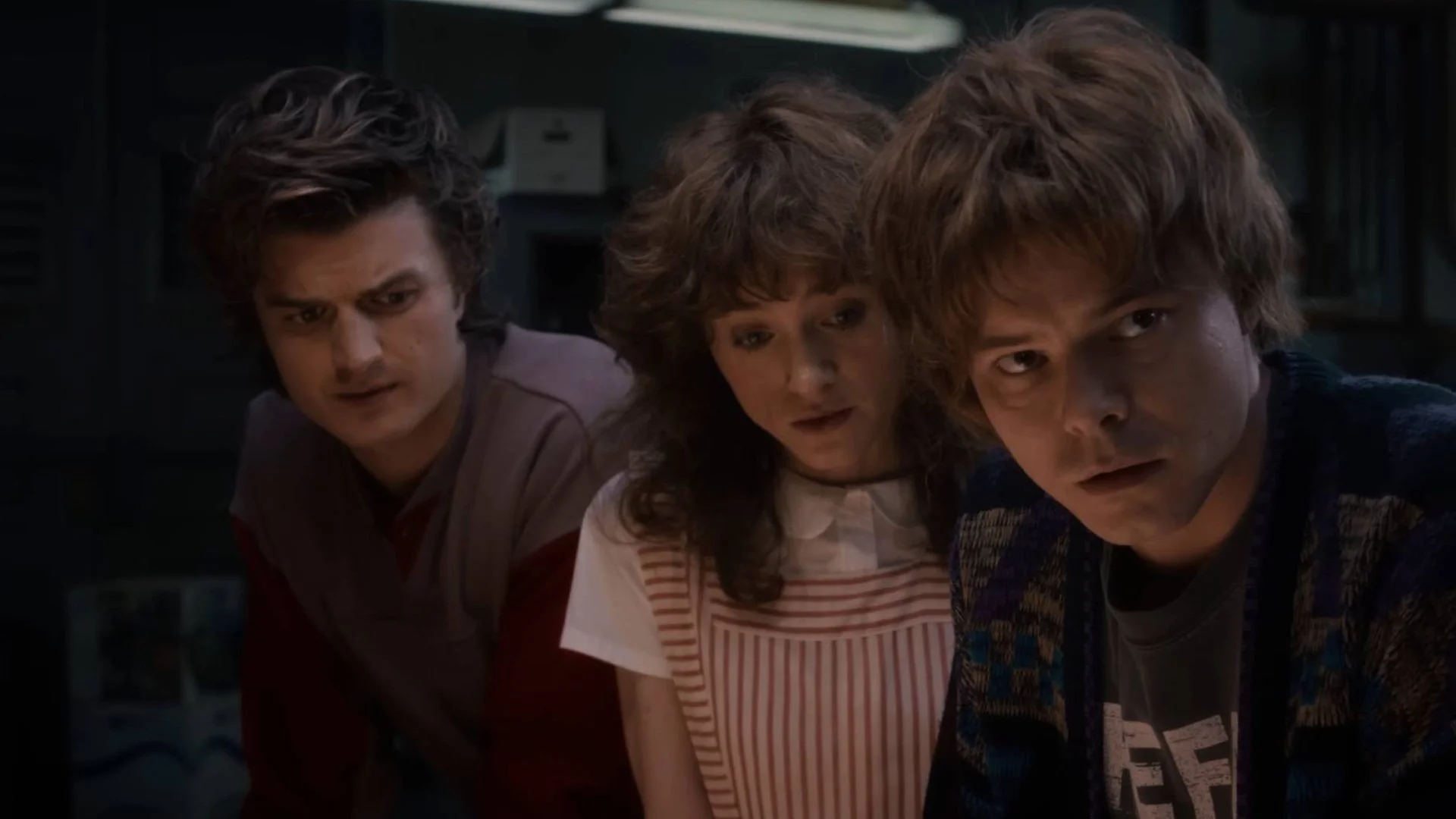Vampires. Those beings who accompany the human being in his most terrifying tales since the dawn of time. The medium doesn’t matter, the name doesn’t matter. Bloodsuckers have always enjoyed themselves and will enjoy irresistible charm. Perhaps for this reason, Jessica M. Thompson, director and recognized “freak of horror” from an early age she wanted to immerse herself in the genre at the hands of these fantastic creatures. Thus, the director premieres “The Invitation”, her second feature film.

The film, starring Nathalie Emmanuel (“Game of Thrones”), Thomas Doherty and Hugh Skinner, tells the story of Evie, a young woman who has just arrived in New York. With none of her background in the city, Evie meets a distant relative who invites her to a wedding in England in an aristocratic medieval mansion. Upon arrival, he meets the guest, Walter DeVille, with whom a great understanding will soon emerge. But this celebration keeps a great secret.
Ideas that don’t crystallize
‘The Invitation’ has a fantastic premise. Update Dracula’s story, taking the necessary ingredients from classic story to take them to the 21st century. To do this, it makes use, first of all, of a timeless enclave, essential for building the story you want to tell. In this British country house you will find current elements mixed with other absolutely medieval ones. The scenography of the film, in this regard, fits very well with the director’s vision.

However, what may be fascinating on paper loses much of its effect when transferred to the screen. “The Invitation” has a huge tone problem. The film releases single scenes based on the most basic clichés of gothic horror cinema. But he can barely instill that fear a couple of times throughout his footage. Instead of focusing on it, Thompson bets heavily on playing with the multi-genre, sometimes giving brushstrokes of costume dramas, romantic comedies, adventures … In the process, however, he forgets that what he is telling is a horror movie.
Also, the pastiche didn’t work either. Sequence after sequence, “The Invitation” staggers along as it progresses through a simple and predictable story. The risk taken by its director is commendable, but the result is a lack of cohesion, rhythm and, above all, a lack of personality and tone of its own. It does not achieve any of the goals it sets itself, pausing again and again waiting for a climax that takes forever to arrive. Thus, the tape manages, at best, to provide simple entertainment and, at worst, maddening boredom.

stretch the gum
Because the most serious thing about “The Invitation” is its first half. More than a horror film, the film plays first with vital drama and then with romance as great axes to build upon. Four loose fears spread and without major consequences as Evie wants to find her roots and slowly gets closer to Walter. An approach that, moreover, for the viewer is cloudy, uncomfortable and artificial, since it is very obvious what will happen next.
Thus, after the first act which serves as an excuse to bring Evie to the mansion, the second is dedicated to stretching the gothic love story indefinitely. Repetitive and without sparks, only very deep in the background do you realize that it was a horror film. It fails to dazzle in any moment until the end. A result that features better wicker than the rest. Some scenes are pure terror, as if suddenly the lighter found the flame. ‘The Invitation’ finds its tone and becomes playful. The problem is that it goes out too fast, it comes too late.

I too give to the unscrupulous rich
If ‘The Invitation’ has any good, it’s the messages it conveys. Despite being a genre film (an attempt to do so), one of its main themes is oppression. First of all, it is a story written, produced and directed by women. And this is evident, because it reflects on the role of women both in today’s society and in that of the aristocratic elites anchored in the past. Treated as a decorative object or as a pretext for the making of a man, Evie rebels against all of this.
The second point he deals with is the oppression still exercised today by some rich (white) families who live in his bubble. They are families who believe they have the right to exploit and abuse those who are not of their condition. And using the Dracula story for this purpose is simply a very good and original idea. In general terms, at least “The Invitation” can be said to go hand in hand with its social commentary and is a very well-intentioned film.
In summary, the film is about a story with great ideas but which lacks a foundation on which to rest. In addition to the more classic gothic terror, it collects the legacy of two great recent predecessors, ‘Let me out’ and ‘Wedding Night’. But it doesn’t have the brutal tension and narrative clarity of the former, nor the devilishly amusing pace of the latter. In the end, ‘The Invitation’ remains in a kind of no man’s land that makes it fail because it could aspire to be more.
Note: 5
The best: The social comment he makes and the moments in which he finds the tone of terror.
Worse: Developing a bland, predictable story that doesn’t bother to scare.
Source: E Cartelera
Elizabeth Cabrera is an author and journalist who writes for The Fashion Vibes. With a talent for staying up-to-date on the latest news and trends, Elizabeth is dedicated to delivering informative and engaging articles that keep readers informed on the latest developments.




